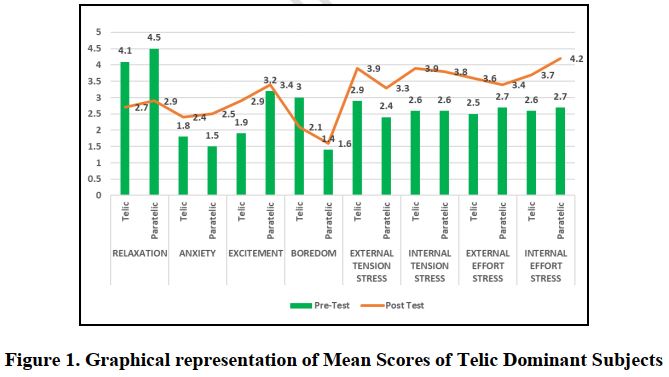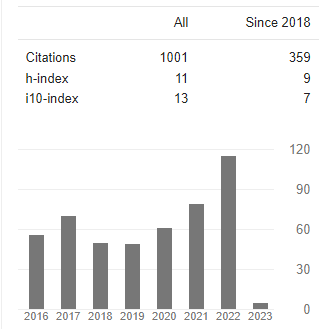REVERSAL THEORY AND SPORTS: TELIC-PARATELIC DOMINANCE AND STATE IMPACTS ON RESPONSES TO ENDURANCE TRAINING
Abstract
The primary objective of the study was to examine the influence of two opposite states of meta-motivational state of mind (the “telic” vs. “paratelic” state) and their dominances on emotion and stress responses to endurance training. Th result and outcome of the study indicated that, all participants experienced a more pleasant emotions when performing endurance exercise in the telic state condition. However, when the participants were in the paratelic state of mind, their level of anxiety has shown an increase. These results of the current study has supported the previous research outcomes in this area of study and also suggested that meta motivational dominance is less influential than meta-motivational state of mind.
Downloads
References
Barnett, F. (2013). The effect of exercise on affective and self-efficacy responses in older and younger women. Jour- nal of Physical Activity & Health, 10, 97-105.
Ekkekakis, P., & Backhouse, S. H. (2014). Physical activ- ity and feeling good. In A. Papaioannou & D. Hackfort (Eds.), Routledge companion to sport and exercise psy- chology: Global perspectives and fundamental concepts (pp. 687-704). New York: Routledge.
Ekkekakis, P., Hargreaves, E. A., & Parfitt, G. (2013). In- vited guest editorial: Envisioning the next fifty years of research on the exercise-affect relationship. Psychology of Sport and Exercise, 14, 751-758.
Kuroda, Y., Hudson, J., & Thatcher, R. (2015). Motivational state and personality in relation to emotion, stress, and HRV responses to aerobic exrcise. Journal of Psychophysiology, 29, 147-160.
Kuroda, Y., Thatcher, J., & Thatcher, R. (2011). Metamoti- vational state and dominance: Links with EMG gradients during isokinetic leg extension and a test of the misfit effect. Journal of Sports Sciences,
29, 403-410.
Legrand, F. D., & Thatcher, J. (2011). Acute mood responses to a 15-minute long walking session at self-selected inten- sity: Effect of an experimentally-induced telic or paratelic state. Emotion, 11, 1040-1045.
Rose, E. A., & Parfitt, G. (2012). Exercise experience influ- ences affective and motivational outcomes of prescribed and self-selected intensity exercise. Scandinavian Journal of Medicine & Science in Sports, 22, 265-277.
Singh Mandeep; Evaluation And Improvement Of Sports Techniques Through Biomechanical Updated Analyzing Technology; University News, Journal of Higher Education Association of Indian Universities; Vol.48 No.05, Feb 01-07, 2010,pp.54-57
Singh Mandeep; Analysis Of Set Shot In Basketball In Relation With The Time To Perform The Course And Displacement Of Center Of Gravity; American Journal of Sports ScienceUSA; Vol.2 No.5
Singh Mandeep; A Study Of Aggression Among Adolloscent National Players In Relation To Sex, Famly And Ordinal Position; Journal of Sports, Physical Education Allied and Alternative Sciences; Vol.01 No.01 July2010,pp 50-55
Thatcher, J., Kuroda, Y., Legrand, F., & Thatcher, R. (2011). Stress responses during aerobic exercise in relation to mo- tivational dominance and state. Journal of Sports Sci- ences, 29, 299-306.
Thatcher, J., Kuroda, Y., Thatcher, R., & Legrand, F. (2010). Perceptual and cognitive responses during exercise: Rela- tionships with metamotivational state and dominance. Eu- ropean Journal of Sport Science, 10, 199- 207.















